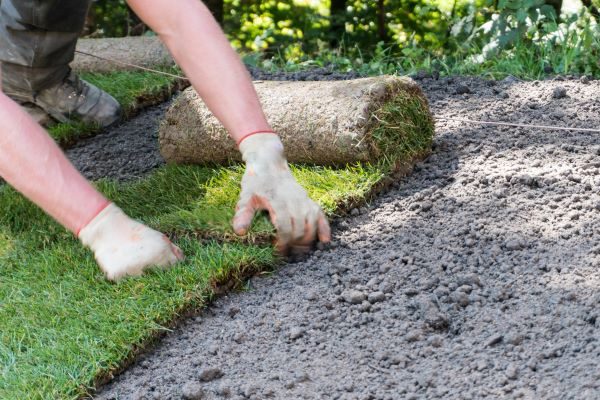Landscaping is more than just an art form; it’s a meticulous process that transforms outdoor spaces into inviting retreats. However, this transformation is not without its challenges. Let’s delve into the common obstacles that landscapers encounter and explore strategies to overcome them.
The Complexity of Landscaping
Landscaping involves a blend of creativity and science, requiring a deep understanding of various elements to achieve a harmonious outdoor space. It’s about enhancing property value and the quality of life for homeowners, but it also presents a set of challenges:
- Climate
The local climate dictates which plants will thrive and how they will be maintained. Extreme temperatures and rainfall can be particularly challenging, necessitating the selection of resilient plant varieties and thoughtful design planning.
- Site Conditions
The terrain, soil quality, and existing structures on a site can significantly influence the landscaping process. Overcoming these challenges may involve innovative solutions like terracing for sloped yards or amending poor soil with organic matter.
- Budget Constraints
Financial limitations can restrict material and design choices. Landscapers must balance creativity with budget, often requiring them to get resourceful and prioritize essential elements.
- Time Constraints
Deadlines, such as upcoming events or seasonal changes, can put pressure on landscapers to complete projects on time, demanding efficient planning and execution.
- Maintenance Requirements
The ongoing care of a landscape, including pruning, fertilizing, and pest control, is crucial for its longevity. Landscapers must design with maintenance in mind to ensure homeowners can sustain the beauty of their outdoor spaces.
Common Landscaping Challenges
Landscaping challenges can vary, but some are more common than others:
Sloped Yards
Erosion control and creating usable space are paramount. Terracing and selecting plants with deep root systems can help stabilize the soil and prevent erosion.
Poor Soil Quality
Limited nutrients and poor water retention can stunt plant growth. Incorporating organic matter can improve soil structure and provide essential nutrients.
Limited Space
In smaller landscapes, every inch counts. Landscapers must select plants that won’t outgrow their space and design layouts that maximize functionality without overcrowding.
Climate Considerations
Temperature, rainfall, wind, and sunlight all play a role in plant selection and landscape design. Understanding these factors is crucial for creating a landscape that can withstand the local climate.
Maintenance Requirements
Regular care, including watering, fertilizing, pruning, weed control, and pest management, is essential for a healthy landscape. Landscapers must consider these needs when designing to ensure homeowners can maintain their spaces.
Budget Constraints
The cost of materials, plants, and labor can quickly escalate. Effective communication and careful planning are key to managing budgets and avoiding unexpected expenses.
Choosing Suitable Plants and Materials
The right choices can enhance aesthetics and reduce maintenance. Consider climate suitability, native plants, purpose, seasonal interest, and maintenance needs when selecting plants. For materials, think about durability, sustainability, and cost.
Overcoming Landscaping Challenges
To overcome these challenges, landscapers must be adaptable and knowledgeable. They should:
- Conduct thorough site assessments to understand the specific conditions and requirements of each project.
- Stay informed about new plantings and materials that can withstand local climate conditions.
- Develop strong communication skills to work closely with clients, ensuring that expectations and budgets are well-aligned.
- Plan for maintenance from the outset, selecting plants and designing features that are easy to care for.
- Be creative with space, using vertical gardening, compact plant varieties, and innovative design techniques to maximize small areas.
In conclusion, landscaping is a multifaceted endeavor that requires a blend of artistic vision and practical know-how. By understanding and addressing the common challenges, landscapers can create beautiful, functional, and sustainable outdoor spaces that stand the test of time.


